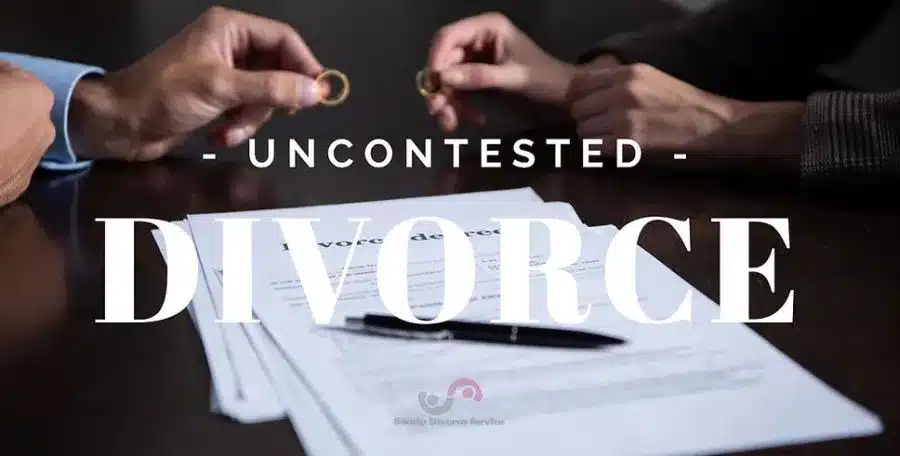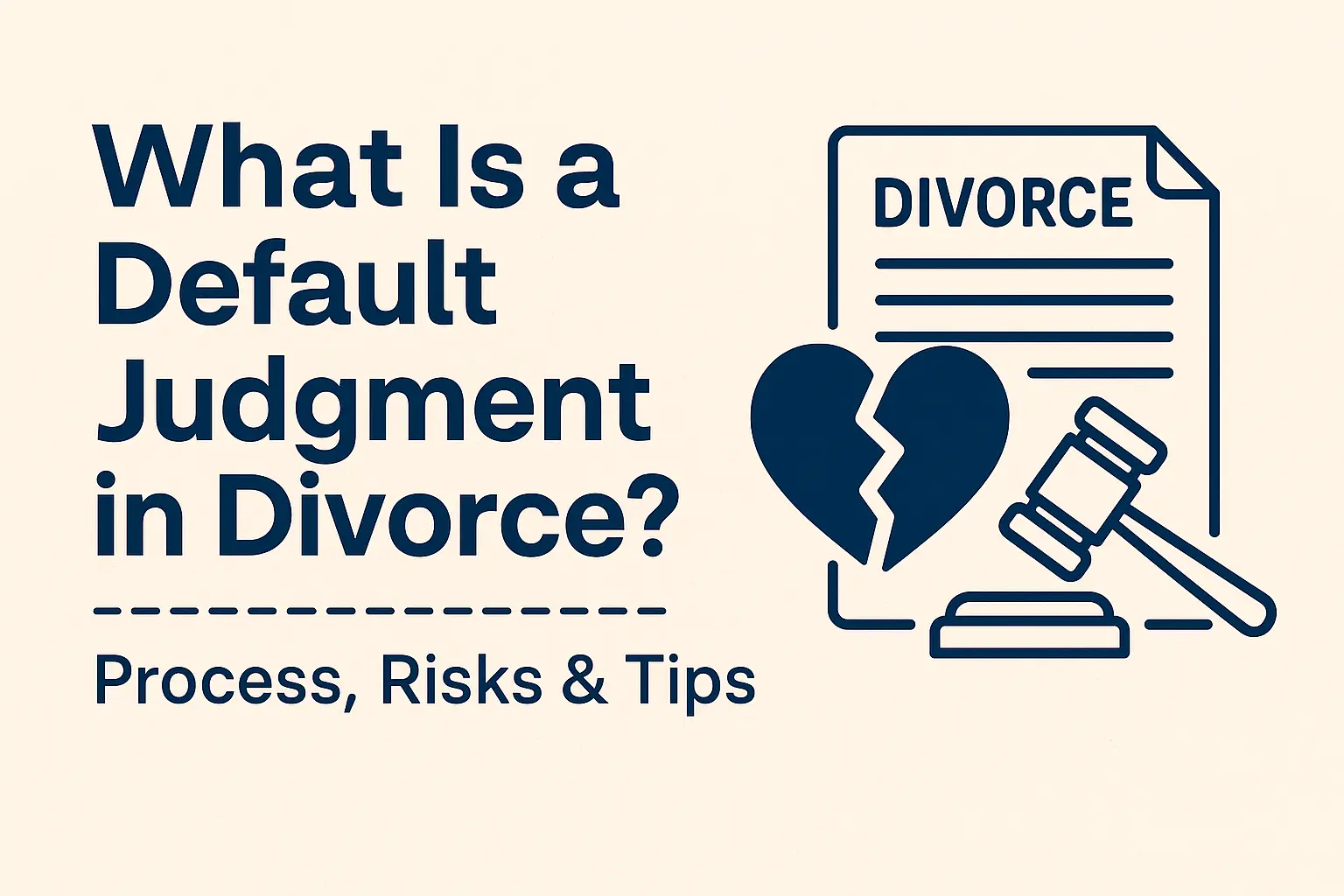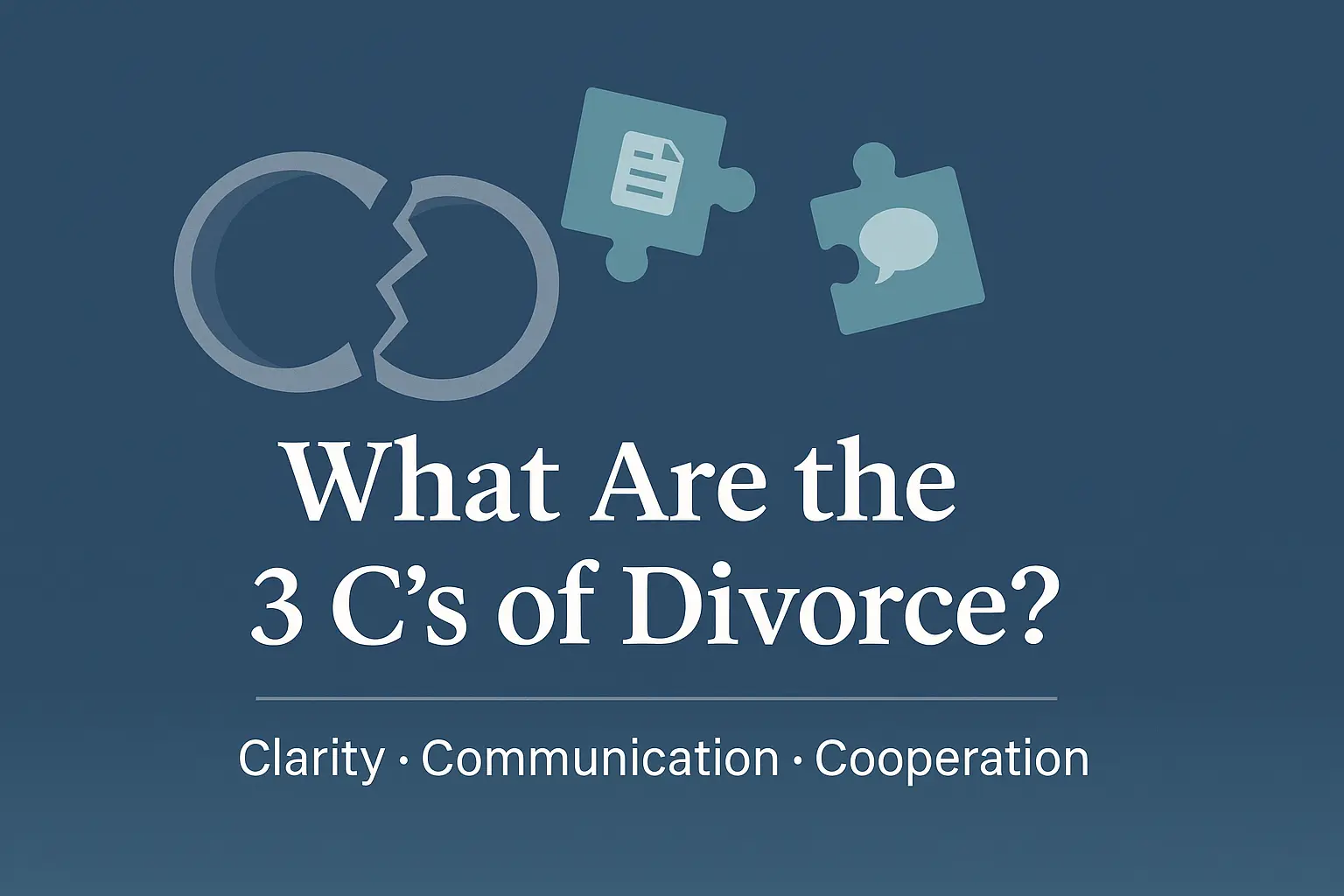Many people are familiar with mediation. However, the concept of collaborative divorce may still be relatively obscure. Collaborative divorce bears similarities to mediation in that it involves negotiations outside of court. It offers the promise of being less time-consuming and costly compared to a traditional divorce. Distinctly, in a collaborative divorce, each spouse retains their own attorney. These legal representatives commonly spearhead the negotiations instead of a neutral mediator. The ultimate aim remains to forge an agreement without the acrimony and expense of court battles, while benefiting from the substantial involvement of legal counsel.
A Different Approach to Resolution
Engaging in a collaborative divorce means you still retain a lawyer. However, the expectations and duties of that role are quite different. The attorneys work in concert with you and your spouse with the intent to amicably settle the divorce matters.
A pivotal element of collaborative divorce is the mutual commitment of the parties to resolve their disputes independently. This steers them clear of the courtroom or even the threat of litigation. Typically, in collaborative divorce, the involved parties and their attorneys sign a pact. This pact renounces any intention to litigate the case. Although they retain the right to revert to court if the collaborative law process stalls, the agreement generally includes a clause. In this clause, the lawyers agree to withdraw from the case if it transitions to litigation. This condition essentially serves as a motivator for both attorneys and clients. They should exhaust all options to settle the conflict through the collaborative process.
- See our article on The Ultimate Guide to An Uncontested Divorce
The Collaborative Divorce Procedure

Initiation of the collaborative divorce process occurs when each spouse engages an attorney willing to participate in this particular approach. All parties and legal counsel usually sign a collaborative participation agreement. This often stipulates that the attorneys will step aside if the divorce proceedings end up in court. Spouses will confer with their respective attorneys in private and confidential sessions. Subsequently, the four parties — the two spouses and their individual attorneys — convene collectively. They deliberate and work toward agreements on the pressing matters of the divorce. This process may resolve swiftly in a few meetings or might extend over several gatherings. As the situation demands, they may consult other specialized professionals.
Participation Dynamics in Collaborative Divorce
The orchestration of collaborative divorce can vary, tailored to the nuances of each case. Commonly, besides each spouse having legal representation, the spouses themselves often actively participate in negotiation sessions. Both parties and their attorneys interact, both jointly and in separate caucuses, striving to agree on a divorce settlement. When there is an impasse on significant issues, they may introduce a trained mediator to assist in propelling the negotiations forward. Depending on the case complexities, it might also be appropriate to involve neutral third-party experts. These could include property appraisers, business valuation experts, and child psychology specialists.
Benefits and Risks of Collaborative Divorce
Collaborative divorce presents a spectrum of advantages and potential drawbacks. One of its primary benefits is the potential for substantial cost reductions. Eschewing a protracted court process typically leads to significantly lower legal expenses than those incurred in a traditional divorce. Another merit is the empowerment of the parties, who collaborate to make their own decisions regarding pivotal aspects of their divorce. They do this instead of surrendering that power to a judge. The cooperative and less combative nature of collaborative divorce is often favored. Particularly by couples with children who wish to preserve a functioning co-parenting relationship post-divorce. Furthermore, because collaborative divorce culminates in a settlement, once an agreement is reached, there is an element of conclusiveness. There is no opportunity for appeal, fostering a sense of finality for the parties.
Advantages to Collaborative Divorce
While collaborative divorces typically incur less expense than contested ones, the actual cost can fluctuate. Factors such as asset complexity and the presence of minor children influence this.
Nonetheless, collaborative divorce is not devoid of risks. It may prove unsuitable for couples who lack the ability or the inclination to reach a consensus on core divorce issues. It is typically regarded as inappropriate for situations involving a history of domestic violence or substance abuse. The withdrawal stipulation raises an additional point of contention. Since attorneys must resign if the collaborative effort fails, they might have an invested interest in settling the divorce. This could potentially be at the cost of their client’s best interests. Therefore, the efficacy of collaborative divorce as a resolution strategy ultimately hinges on the distinct circumstances of the individuals involved.







Cool Stuff